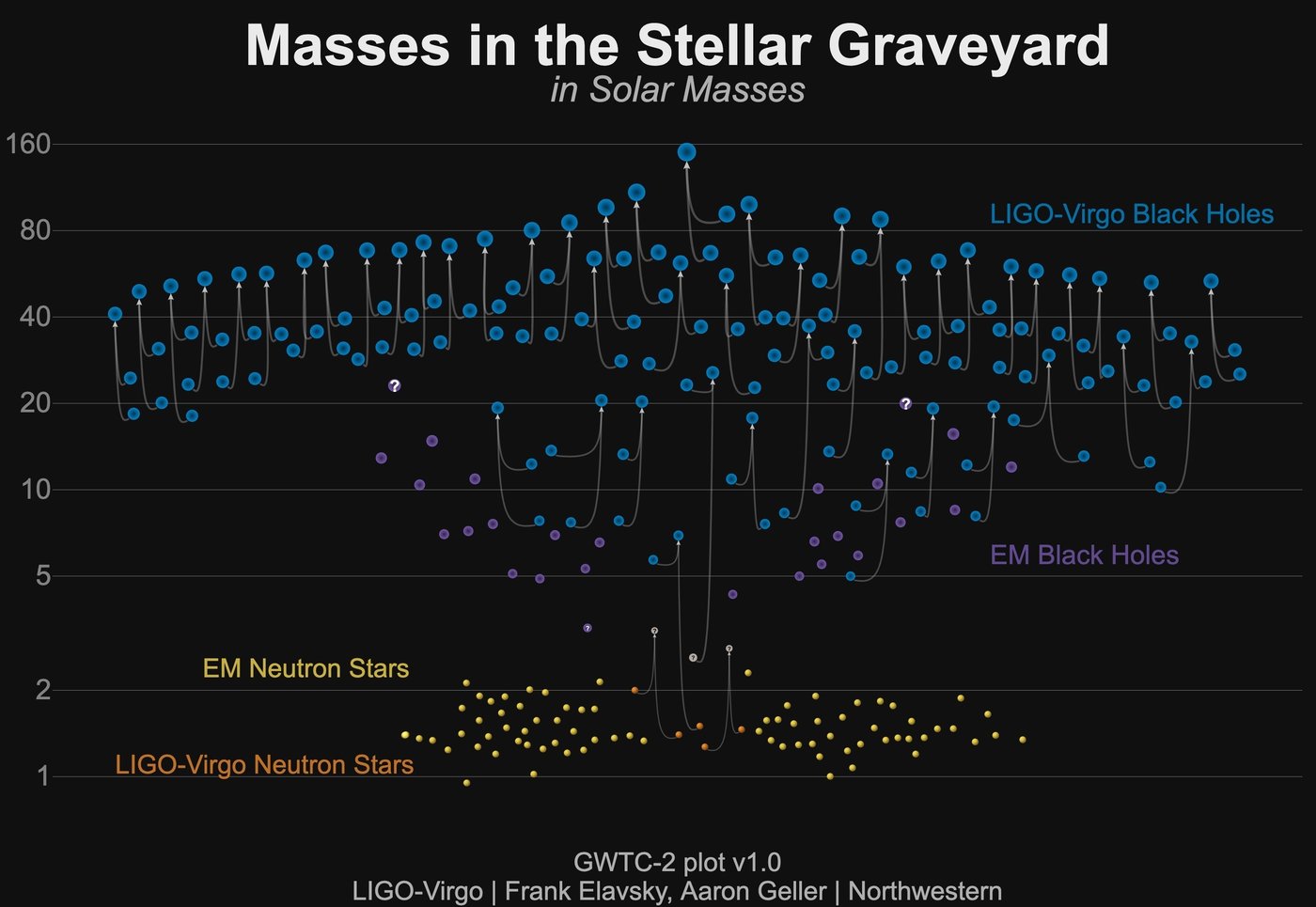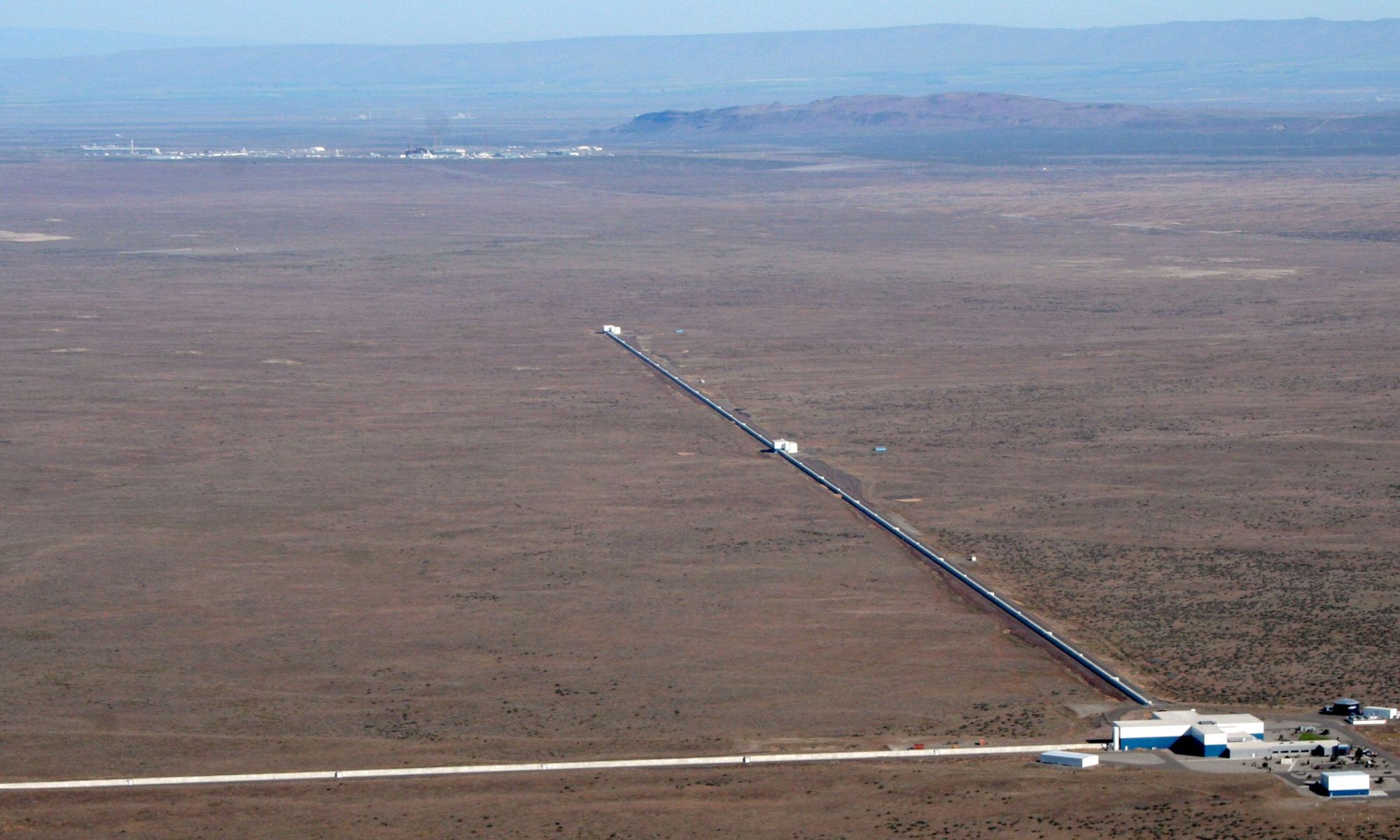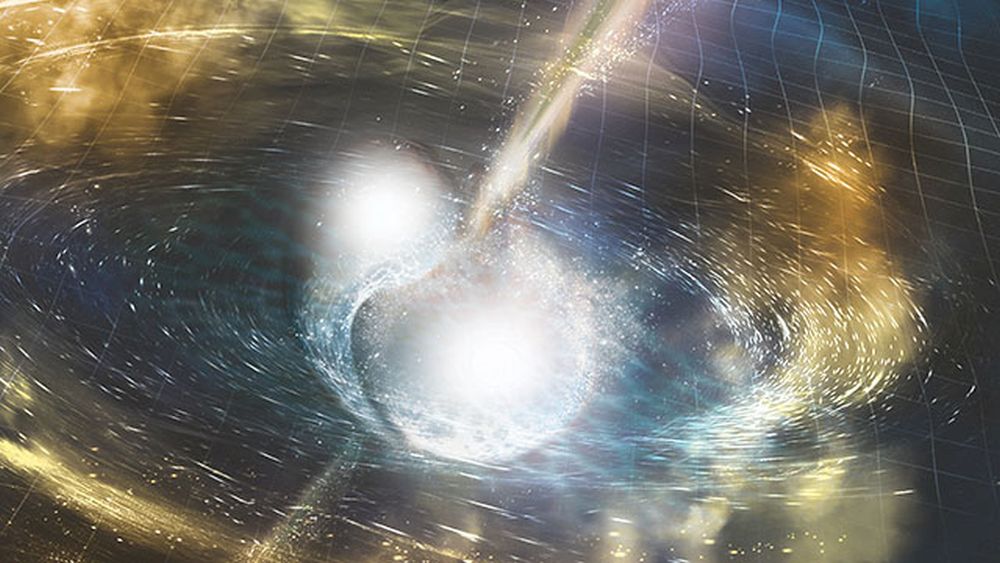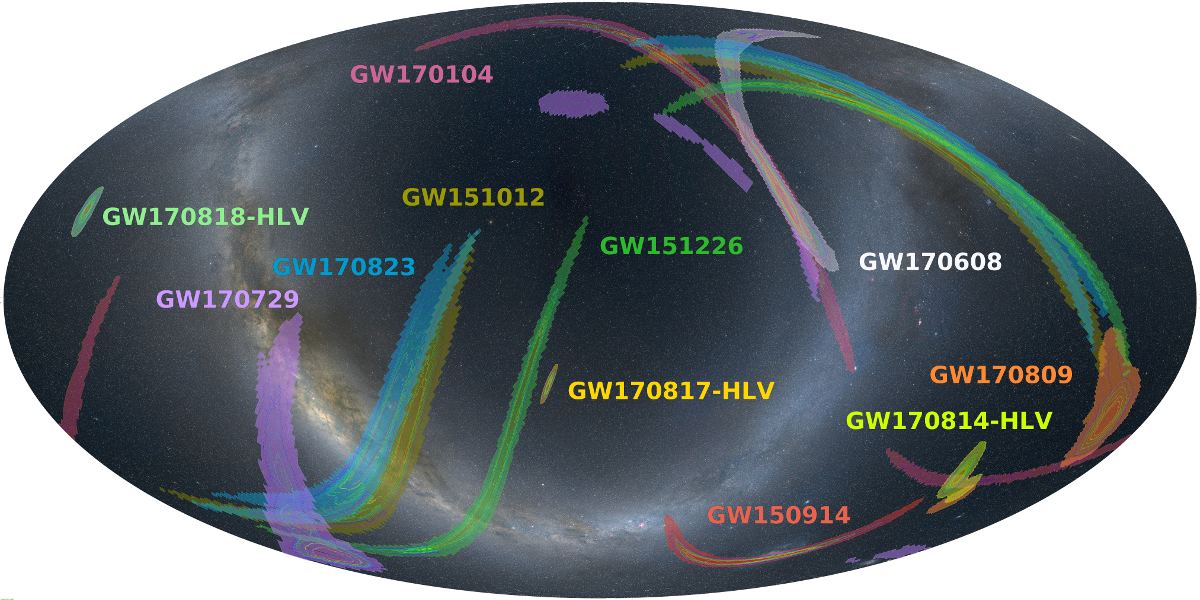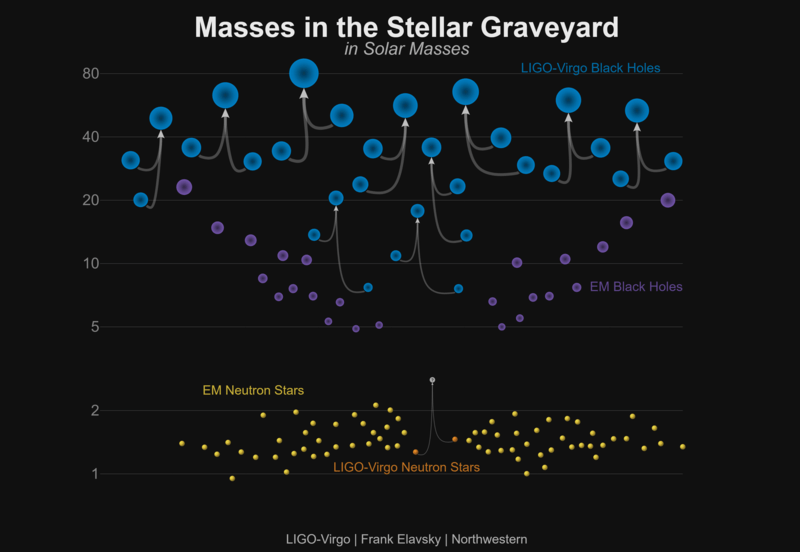Gravitational-wave astronomy is still in its youth. Because of this, the gravitational waves we can observe come from powerful cataclysmic events. Black holes consuming each other in a violent chirp of spacetime, or neutron stars colliding in a tremendous explosion. Soon we might be able to observe the gravitational waves of supernovae, or supermassive black holes merging billions of light-years away. But underneath the cacophony is a very different gravitational wave. But if we can detect them, they will help us solve one of the deepest cosmological mysteries.
Continue reading “Next Generation Gravitational Wave Detectors Should be Able to see the Primordial Waves From the Big Bang”Next Generation Gravitational Wave Detectors Should be Able to see the Primordial Waves From the Big Bang


